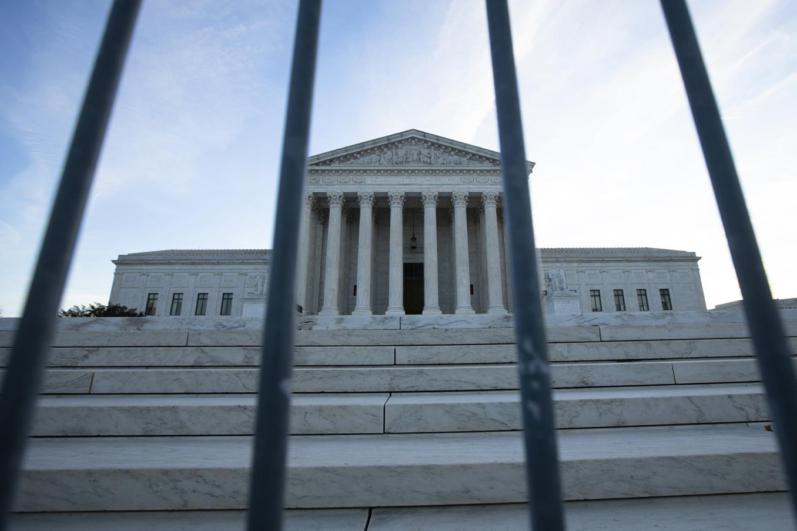After Roe
In a long, somewhat rambling piece about the bishops and abortion appearing in the September Commonweal, Peter Steinfels makes a crucial point. It's been made before by others, but it bears repeating at this moment when the Supreme Court, in the term beginning Oct. 4, is widely expected to reverse or significantly modify Roe v. Wade, its 1973 decision legalizing abortion, and Planned Parenthood v. Casey, the 1992 decision reaffirming Roe.
Even if the court does that, writes Steinfels, former editor of Commonweal and former New York Times religion writer, it will leave a host of issues requiring "a shift in the culture" in a prolife direction for their final resolution. And that, one might add, will make persuading the Supreme Court to reverse Roe and Casey look like child's play by comparison. The court has scheduled Dobbs v. Women's Health Organization -- the big abortion case everyone is watching -- for oral argument Dec. 1.
As someone who devoutly hopes the Supreme Court does indeed overturn those noxious decisions casting the mantle of law -- and the Constitution, no less -- over abortion, I say amen to that. But suppose Roe and Casey are overturned: what then?
In the short term, several things will happen. There will be fresh demands for court packing -- increasing the size of the Supreme Court by as many pro-choice justices as needed to overcome the five- or six-member majority that voted prolife. President Biden has voiced reservations about this step, but our pro-choice Catholic president has been malleable on abortion before and might be malleable again. It could be a nasty fight.
The short term also will bring moves in state legislatures to enact laws tightening up on abortion to the extent newly possible in light of the Supreme Court's action. Since the ruling will have come in a case involving a Mississippi law barring most abortions after the 15th week of pregnancy, other states may take the same route. The Texas 'heartbeat' law barring abortion after six weeks is another possibility. It will depend largely on what the Supreme Court has said.
This first phase will continue far into the future as the legislative battles proceed. Meanwhile a second phase will also have begun--a long-range struggle to change minds and hearts and bring about that across-the-board "shift in the culture" in a prolife direction of which Steinfels and others speak.
Both sides in the abortion wars like to cite polls showing that the weight of public opinion favors them, and both are well aware that the results of polls depend largely on how the questions are worded. Washington Post columnist Megan McArdle no doubt got it right when she wrote recently that "outside of the activist base," most people's views on abortion tend to be "a context-dependent and contradictory muddle."
Considering that the major media, Hollywood, and one of our two major political parties have been in the pro-abortion movement's back pocket for the last several decades, that speaks well for the basic decency of all those muddled Americans.
Half a century ago the U.S. bishops' conference adopted a Pastoral Plan for Pro-Life Activities that provided dioceses with a practical program of steps to take in fighting the abortion war in its public policy dimension. Without backing off from policy advocacy -- it's still very much needed, after all -- mightn't this be the time for the bishops also to put in place an updated Pastoral Plan for Pro-Life Activities that gives equal, urgent attention to the difficult challenge of shifting the culture in a broadly, inclusively prolife direction? The answer to that should be obvious.
- Russell Shaw is the author of more than twenty books. He is a consultor of the Pontifical Council for Social Communications and served as communications director for the U.S. Bishops.



















